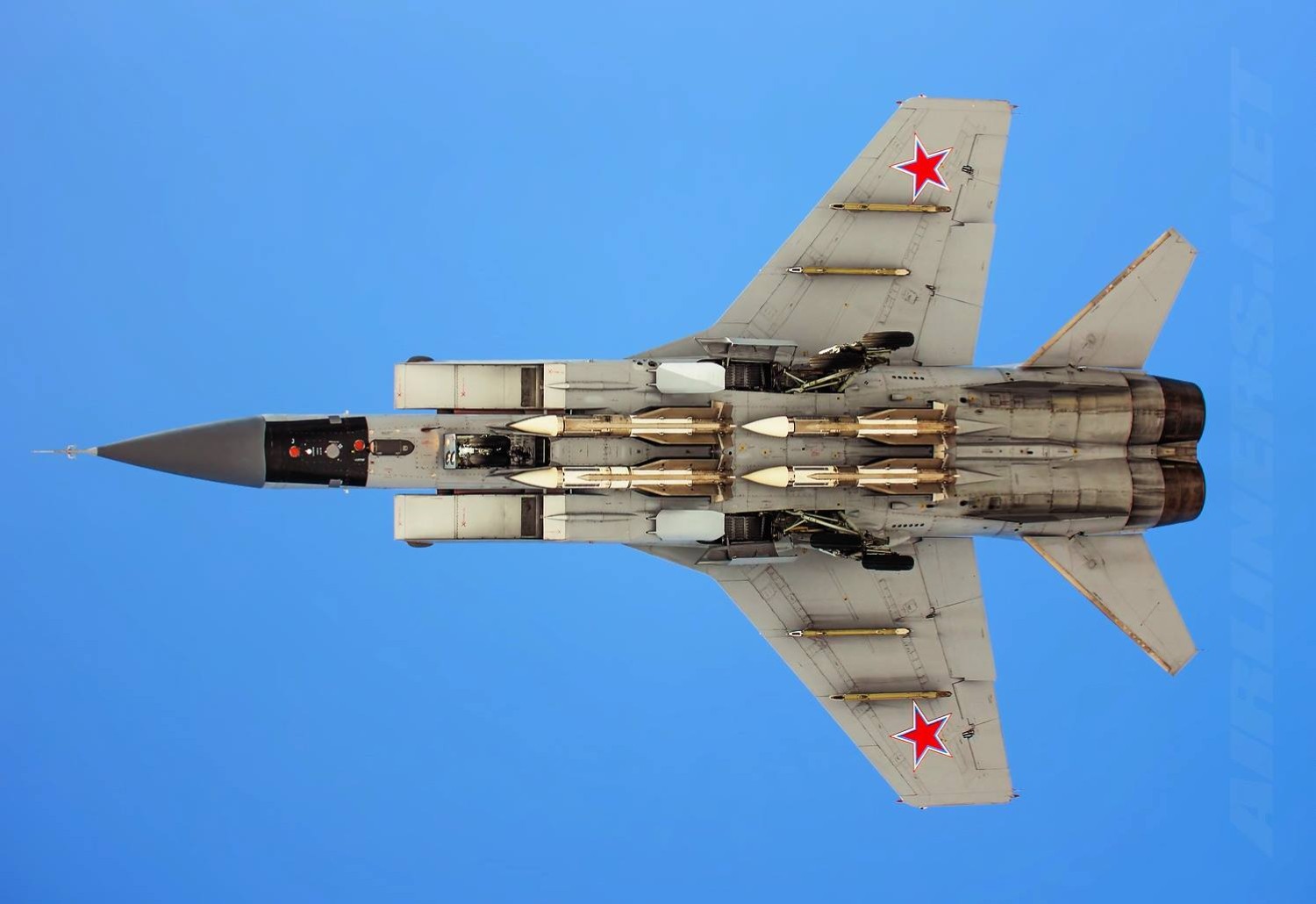The aircraft was the swan song of the Soviet aircraft designer Mikhail Gurevich. MiG-25, codenamed ‘Foxbat’ by NATO, was a super fast, super high, and unarmed reconnaissance platform. For a quarter of a century, it served in the Indian Air Force (IAF) with swag as its ‘Superspy’ plane.
The aircraft could climb to the stratosphere (the second layer of the earth’s atmosphere) in a matter of a few seconds and attain supersonic speeds. The aircraft pilots could see the earth’s curvature from up there.
The Soviet Union began work on MiG-25s in 1959, and it was originally planned to be an interceptor, a role it failed miserably at. But its unmatched supersonic speed and stratospheric reach made it an excellent reconnaissance aircraft.
The Foxbat is the predecessor to MiG-31 Foxhound, a supersonic interceptor aircraft that proved its mettle in the ongoing Ukraine war. It replaced MiG-25, which is amongst the fastest military warplanes to have entered the service.
The IAF inducted 10 of these aircraft in its fleet in 1981 in its newly raised 102 Squadron, The Trisonics. The missions flown by the squadron continue to remain classified.
IAF Pilot Talks About MiG-25
Retired Air Marshal Sumit Mukerji, who flew the mighty MiG-25s, echoed the sentiments of the American pilots that the aircraft was not highly maneuverable.

“The aircraft was not maneuverable. However, it did not have to get into a dogfight with any aircraft because there were no aircraft of that caliber. It was a dud in air combat,” Air Marshal Mukerji told the EurAsian Times.
The reconnaissance MiG-25 was not armed. “Our only weapon was height and speed, we used it to stay away from any potential threat. MiG-25 flew above the radar lobe. Unless the enemy was aware that we were incoming and turned their radars upward, we could always penetrate the enemy territory undetected,” explained Mukherjee.
In May 1997, an IAF MiG-25 reportedly flew over Pakistan and broke a sound barrier near Islamabad. The resulting sonic boom alerted Pakistanis to the presence of an unknown aircraft, and it scrambled its interceptors.
But with an operational height of over 70,000 and a speed of Mach 2.5, it was beyond the reach of any of Pakistan’s fighter jets.

When it came to China, the aircraft’s lesser endurance did prove to be a limiting factor. “Topography is never an impediment at 70,000 or 80,000 feet. The limitation was endurance. We did not have air-to-air refueling. Fuel consumption was high. We had a limitation of how far we can go,” Air Marshal Mukerji told the EurAsian Times.
The aircraft was used during the 1999 Kargil Conflict between India and Pakistan the aircraft flew a very unusual reconnaissance mission before the Mirage 2000s came in and bombed the enemy targets. While mapping the intruders’ hideout along the Line of Control (LoC), the aircraft was not allowed to cross the border between the two countries.
To successfully click the photograph, the aircraft flew at a height lower than what was originally envisaged, and there were no Standard Operating Procedures (SoPs). Also, it needed to maintain a velocity and height ratio for the camera to click clear photographs.
At the given height, the aircraft was well beyond the range of the surface-to-air missiles, but the only threat was from aerial interception. Mirage-2000s escorted the aircraft during the mission to secure it from aerial threats.
“The aircraft did the finest photography of the Line of Control between India and Pakistan. This helped in better planning of missions,” Air Marshal Mukerji added.
The Foxbats were retired from service in IAF in 2006 as technology overtook it.
The most iconic photograph clicked by an Indian MiG-25 Rs remains that of a starburst around the sun that comes after a total solar eclipse. Air Marshal Mukerji had led the mission to click the photograph of a solar eclipse for Indian scientists.

While the total eclipse was visible for only 42 seconds in India, flying in the direction of the eclipse through the Stratosphere, Air Marshal Sumit Mukerji saw it for 2 minutes and 23 seconds.
“And split seconds after the diamond ring finishes, the rays continue to pass through the different hills, valleys, ridges, and mountains on the moon, and you get a starburst of light.
A standard camera from the earth cannot get the photo, but we captured it,” said Mukerji describing the most epic moment of his life as a Foxbat pilot.
- Ritu Sharma has written on defense and foreign affairs for over a decade. She holds a Master’s Degree in Conflict Studies and Management of Peace from the University of Erfurt, Germany. Her areas of interest include Asia-Pacific, the South China Sea, and Aviation history.
- She can be reached at ritu.sharma (at) mail.com




